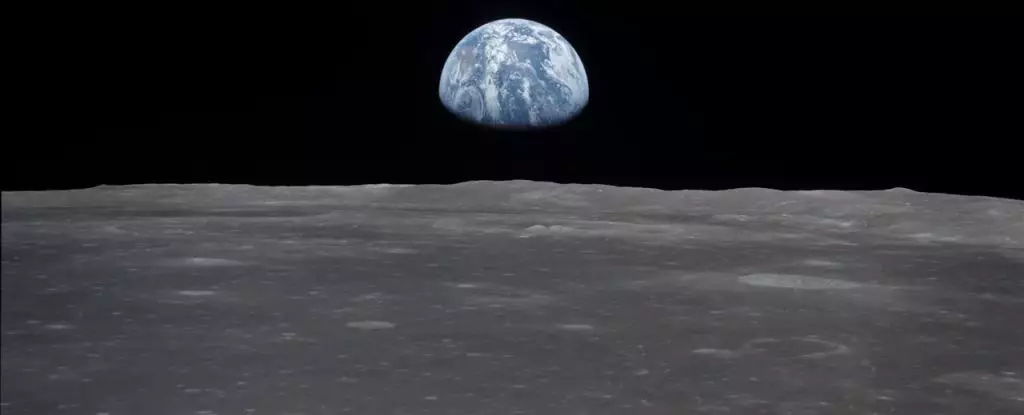The Moon, often considered to be naked and exposed to the vacuum of space, actually has its own kind of atmosphere known as an exosphere. For years, scientists have been puzzled by how the Moon sustains this thin layer of gases, especially without the protection of a magnetic field like Earth. Recent studies have shed light on the source of this mysterious atmosphere: micrometeorites.
Researchers, led by geochemist Nicole Nie of MIT, have found that micrometeorite impacts play a crucial role in creating and maintaining the lunar exosphere. These tiny meteorites, some as small as grains of dust, continuously strike the lunar surface, vaporizing dust particles and releasing atoms into the space surrounding the Moon. Through analyzing data from the Lunar Atmosphere and Dust Environment Explorer (LADEE), scientists were able to confirm that meteorite impact vaporization is the dominant process responsible for generating the lunar atmosphere.
While micrometeorite impacts have long been suspected as a key contributor to the Moon’s atmosphere, other processes such as ‘ion sputtering’ were also considered. By studying samples of Moon dirt collected during the Apollo missions and analyzing the presence of elements like potassium and rubidium, researchers were able to determine the relative contributions of each process. The results showed that micrometeorite impact vaporization plays a more significant role compared to ion sputtering, with a ratio of approximately 70:30.
Understanding the mechanisms behind the creation of the Moon’s atmosphere has broader implications for space exploration. Similar processes may be occurring on other celestial bodies in the Solar System, such as asteroids and moons. This discovery opens up new avenues for research and could influence future sample return missions, like the European Space Agency’s mission to retrieve samples from the Martian moon Phobos.
The study of micrometeorite impacts on the creation of the Moon’s atmosphere provides valuable insights into the processes that shape our celestial neighborhood. By unraveling the mysteries of the lunar exosphere, scientists have taken a significant step towards understanding the dynamic interactions between space objects and their surrounding environments.



Leave a Reply